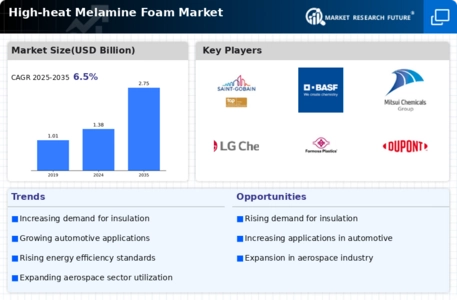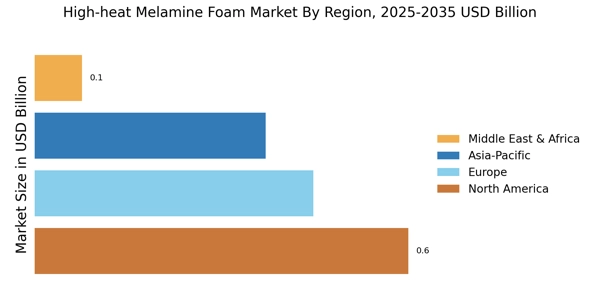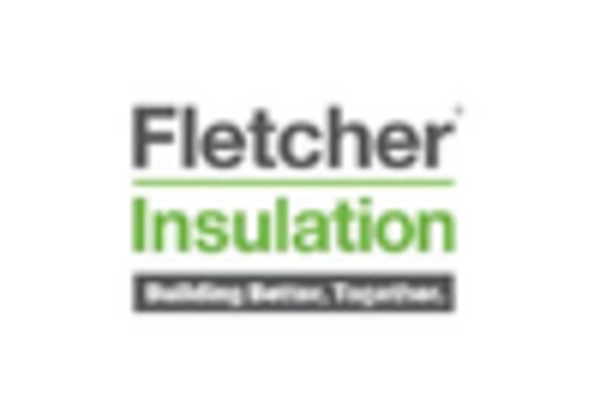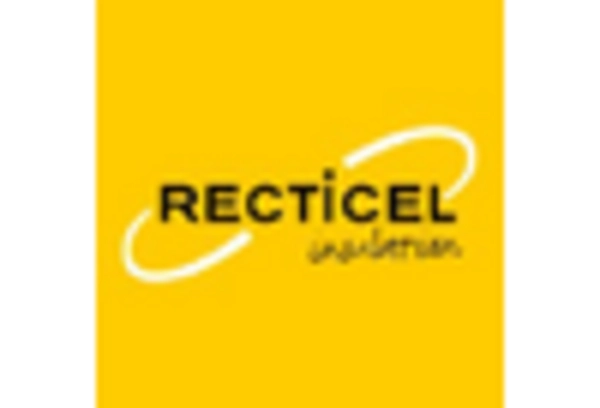High Heat Melamine Foam Market Summary
As per MRFR analysis, the High-heat Melamine Foam Market Size was estimated at 1.377 USD Billion in 2024. The High-heat Melamine Foam industry is projected to grow from 1.466 in 2025 to 2.75 by 2035, exhibiting a compound annual growth rate (CAGR) of 6.49 during the forecast period 2025 - 2035.
Key Market Trends & Highlights
The High-heat Melamine Foam Market is experiencing robust growth driven by diverse applications and technological advancements.
- The automotive sector remains the largest market for high-heat melamine foam, reflecting its critical role in vehicle insulation and safety.
- Asia-Pacific is identified as the fastest-growing region, propelled by increasing industrialization and demand for innovative materials.
- Technological advancements in material science are enhancing the performance and applications of high-heat melamine foam across various industries.
- Regulatory support for fire safety standards and rising demand in aerospace applications are key drivers fueling market expansion.
Market Size & Forecast
| 2024 Market Size | 1.377 (USD Billion) |
| 2035 Market Size | 2.75 (USD Billion) |
| CAGR (2025 - 2035) | 6.49% |
Major Players
BASF SE (DE), Huntsman Corporation (US), SABIC (SA), Dow Inc. (US), Recticel (BE), Fletcher Insulation (AU), Nitto Denko Corporation (JP), K-Flex (IT), Armacell International S.A. (LU)


















Leave a Comment